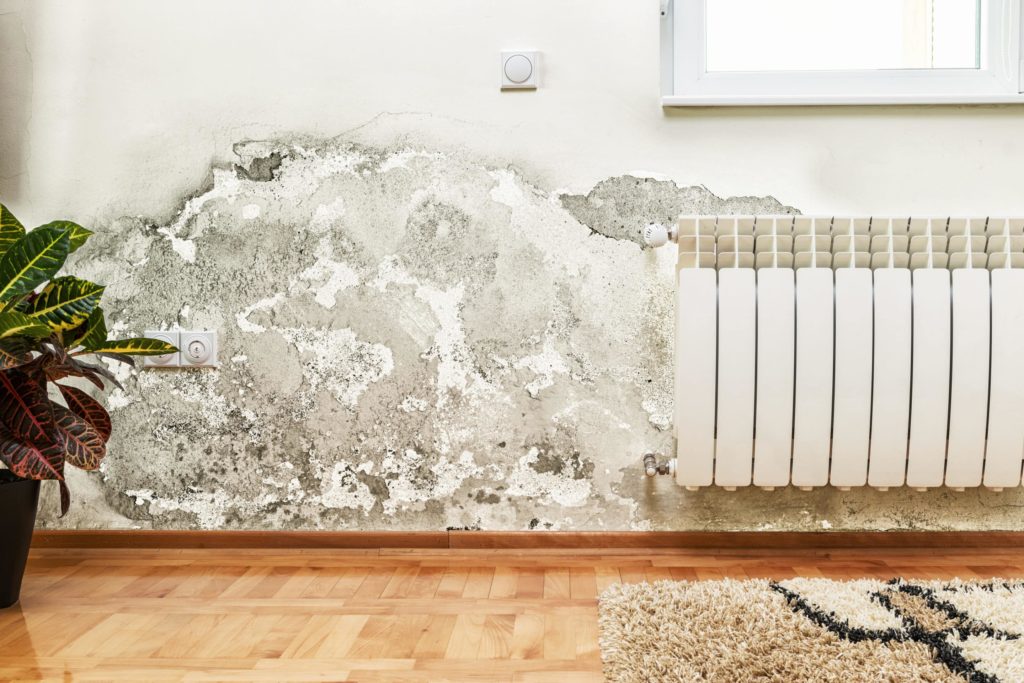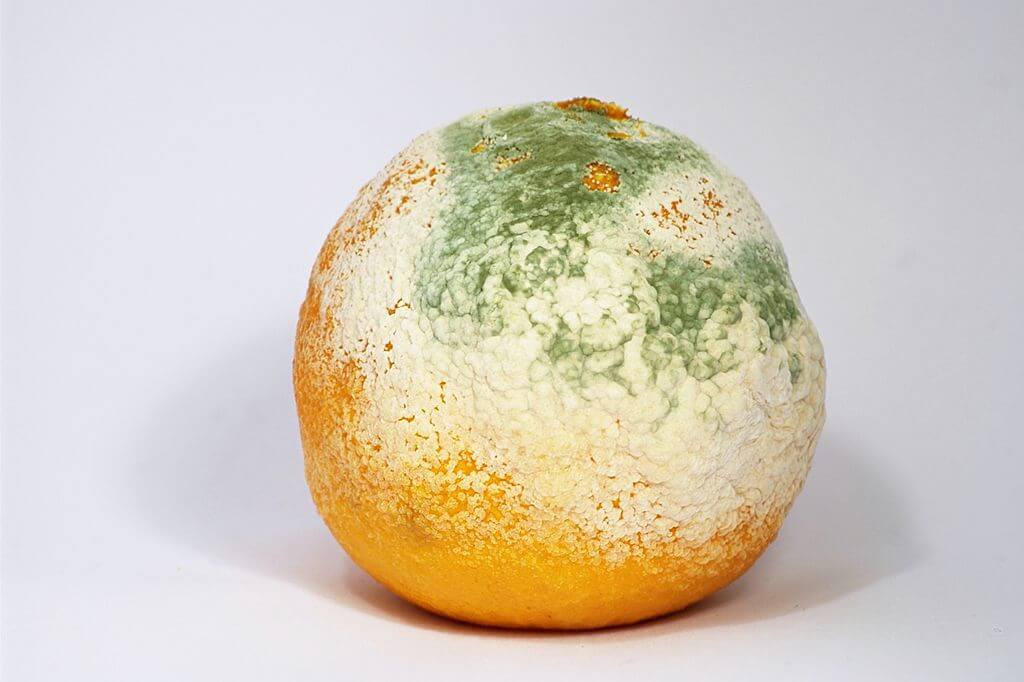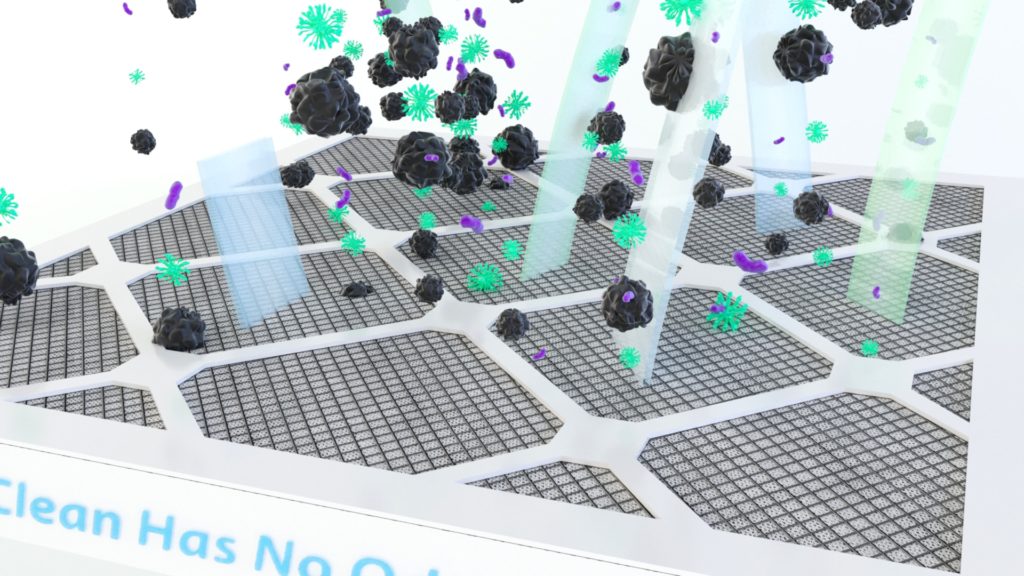Your Cleanest Air For Mold and Mildew

Mobile Air System
Have You Ever Dealt with Mold Growth in Your Indoor Environment
Mold is a commonly found fungi that can grow in both indoor and outdoor environments where desirable conditions are available to promote the growth of these simple microscopic organisms. Mold fungi plays a meaningful role in the environment and without its presence many functions would not take place like the decaying of leaves and aspects of soil enrichment that would be completely halted. The ability to destroy organic materials is the core of mold’s purpose, and although this can provide dramatically impactful results in many environments it can also inflict substantial hazards in others
When mold begins to grow in an environment such as a home, major problems will commence that will impact many aspects of the home drastically.
Everything You Need to Know About Mold, Mildew, and Other Spores
Mold has the potential to create a very dangerous environment for your home that can tarnish the surfaces inside your home, the quality of your indoor air, and the health of those exposed to the mold and the mold spores they produce within the air. Mold originates as mildew, the early stage of mold, that overtime will develop into full blown mold fungi that will spread throughout an environment.
Mold growths, also referred to as colonies, will begin to grow on a damp surface (such as wood products, ceilings, tiles, cardboard, wallpaper, carpets, drywall, fabric, and insulation) within 24 to 48 hours. This mold growth will reproduce in the form of spores – tiny, lightweight “seeds” that travel within the air and significantly impact the air quality of the home.
The airborne hazard called Mold Spores, is a widely feared air contaminant that will become present inside a home where growing mold is accumulating. These super minuscule spores will become released from the mold and travel into your home’s air with the hazardous potential of inhalation or ingestion from occupants of the environment – which can be not only damaging to your home’s air quality but also to the health of those living within this indoor space.

How Big are Mold Spores?

The mold spores that are produced from mold will vary in size, ranging from 3 to 40 microns. Is this really considered small though? To help illustrate the significantly small size of a mold spore, a piece of human hair ranges in size from 100 to 150 microns, this is more than double the size of a mold spore! The small size of these spores allows them to go everywhere, with no space of your environment off limits. In turn, their small stature can severely impact the quality of your indoor air and elevate the potential hazards present to the health of those individuals who are exposed to this air.
How Mold Exposure Can Affect Your Health
The role that mold can play with human health can range from minor sensitivities to significant health problems. Mold produces allergens that will act as an irritant to humans and elicit symptoms that reflect those of allergies. Allergic responses that it will trigger include sneezing, red eyes, skin rash, and other respiratory reactions. Mold can also provoke asthma attacks in people with asthma, particularly the small mold spores that travel in the air and when ingested by an individual will lead to an asthmatic episode.
The impact that mold exposure can have on your health can also vary depending on the specific type of mold that is present in the environment and how much of it you have been exposed to overtime. Rapidly responding to mold growth within a home is important in reducing mold exposure health risks. By having the proper tools to mitigate the environments air of the toxins produced from mold, you will be able to shield the home and the health of those exposed to the mold-infested air.

Can Air Purifiers Remove Mold Spores from the Air
Mold can be extremely challenging to remove, leaving you with a daunting task of eradicating the entire presence of it from inside the home. Since mold has the ability to travel far and wide throughout an environment, it will require extensive work and proper mitigation tools to expel its growing existence in the home, particularly within the air. Mold air purifiers are an easy and cost-effective way to capture & kill the fungi traveling throughout the air.
Mold air purifiers with a HEPA filter are generally the most effective air purification devices at removing those hazardous and hard to remove mold spores. HEPA (High Efficiency Particulate Air) is able to capture over 99.97% of fine particles, as small as 0.3 microns in size are filtered out and captured by a HEPA filter. Due to the small nature of mold spores (3 to 40 microns in size), the HEPA filter is able to accurately filter these mold spores from the air.
Top 3 Features to Look for in a Mold Air Purifier
When you are looking for an air purifier to remove mold, mold spores, or mold-generated VOCs from your air there are several features that you need to be on the lookout for before you purchase.
1. HEPA Filtration:
Purchasing an air purifier that has the proper filtration is essential in capturing and filtering out the fine particulate matter of mold and mold spores. HEPA Filters capture 99.97% of fine particles, as small as 0.3 microns in size.

2. UVC Lights:
The Germicidal properties of UVC are well known to inhibit the growth of captured microorganisms (such as bacteria, mold, & viruses).

3. Mold-Generated VOC Removal:
The VOCs produced by molds have been determined to be hazardous to health, since they can damage key sensory nerves in the human body. Purchasing an air purifier that has the ability to remove harmful mold-generated VOCs is important to improving the indoor air quality within the environment.

The Cleanest Air
Your Home Has Ever Had.
EnviroKlenz Mobile Air System
(Standard Model)
$699
EnviroKlenz Mobile Air System
(UV-C Model)
$799
